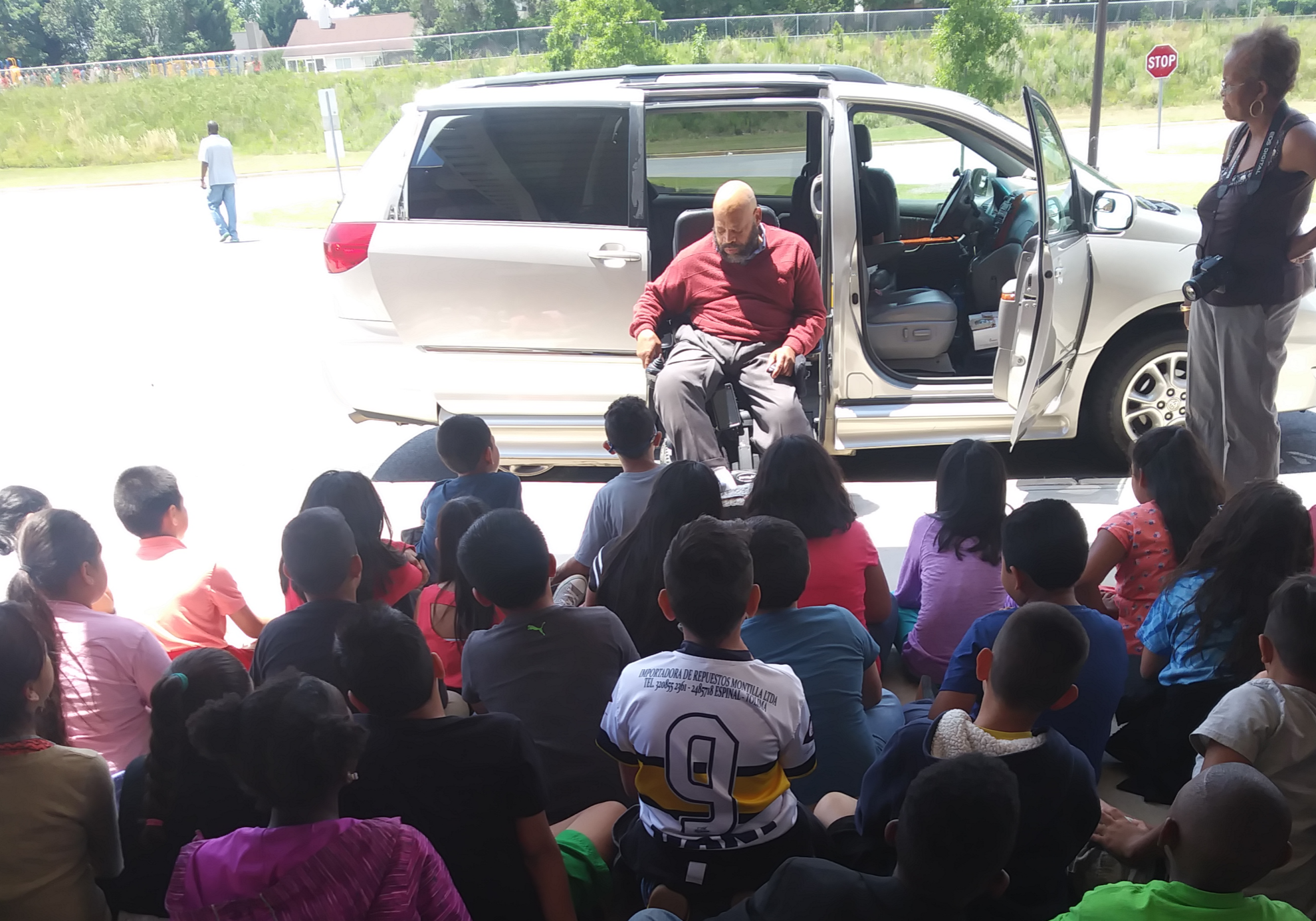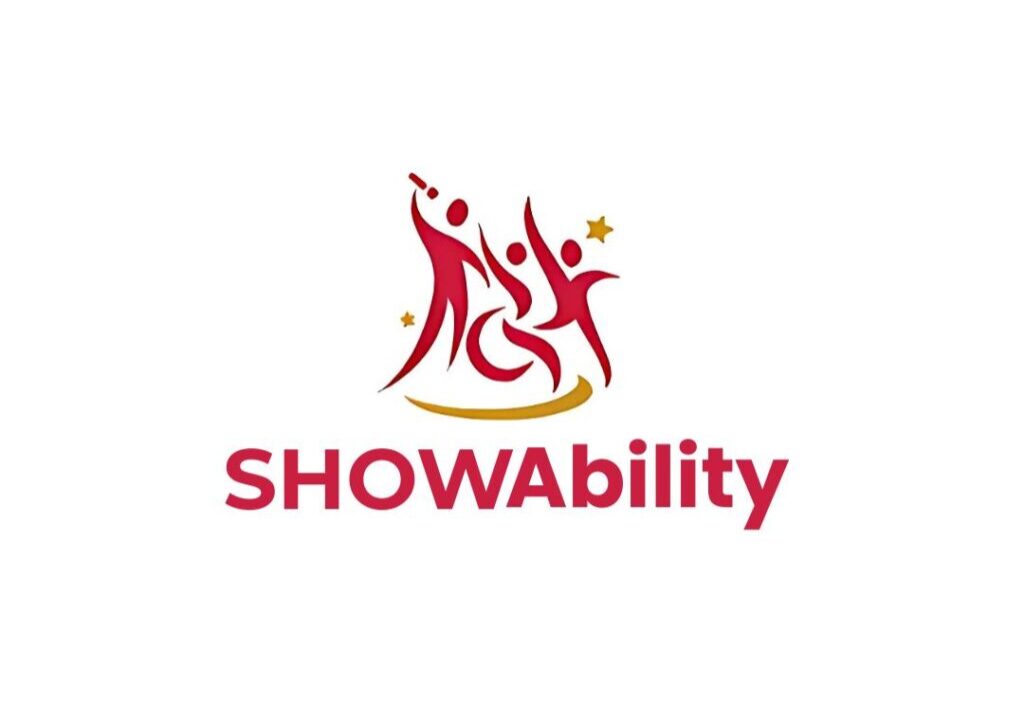SHOWAbility Blog
Disrupting the Construct of Entertainment Venues...The Need for an Accessibility Audit

The Americans with Disabilities Act (ADA) celebrates its 30th year anniversary in 2020 after being signed into law by President George W. Bush on July 26, 1990. Because of this law, all commercial buildings and roadways/sidewalks require a set of minimum building code stipulations to allow for accessibility. Compliance is mandated by the Federal Government. However, it is often perceived as an unrealistic cost constraint.
The fact is that everybody is able to benefit from construction code compliance like curb cuts, ramps, and button-opening entryways. These include parents with children (or pets) riding in strollers crossing the street at a crosswalk from curb to curb, individuals who temporarily broke a leg on crutches, seniors who find it difficult to climb stairs, and even skateboarders looking for a cool ride. However, the majority of the ADA stipulations center around two primary elements: 1) access to enter/exit and 2) access to use the toilet. And as designated by the ADA logo, the majority of the code mandates are driven by mobility constraints, not other disability-oriented challenges associated with the many other visible and invisible disability diagnoses. Moreover, few design considerations look beyond building needs for compliance to consider humane needs across the disability spectrum.
For example:
- interior doors are rarely automatic entry and are difficult to navigate from a wheelchair
- few buildings offer sensory guides or directional support for deaf or blind guests
- baby changing tables are often placed inside ADA stalls
- consideration is not made to support "changing" individuals larger than a baby
- security personal are not trained to thoughtfully address questions or offer support to people with disabilities (PwD)
- groups/families with a wheelchair user cannot sit together as a group when attending entertainment events
- accommodating parties with more than one wheelchair user is non-existent
- staff support is ill prepared to assist individuals with developmental disabilities
For the past 11 years, SHOWAbility (formerly ABEL 2), which is a 501c3 nonprofit organization working to become agents of change leveraging arts and entertainment as the vehicle that brings visibility and awareness to the abilities of the disability community, has presented talent shows and events showcasing the abilities of performing artists on the disability spectrum. Each year we struggle to locate entertainment venues that have all three basic fundamental theatrical elements: accessible stages, accessible green rooms, and accessible tech areas. In addition, because of our shows, SHOWAbility has disproportionately more audience members who are on the disability spectrum.
This presents an additional challenge for us because most entertainment venues do not offer choice seating options, some charge extra for ADA seating and none allow for families/groups including a person with special needs, especially a wheelchair user, to sit together. Even the top tier theatres have archaic accommodations for ADA patrons. No wonder people with disabilities (PwD) and their families choose not to attend productions at their facilities. Even movie cinemas lack ADA accessible accommodations for the deaf, blind, and others on the disability spectrum. I originally got on this path because of lack of accessibility and valuing of talented performers. I started SHOWAbility because I was moved by a young boy who struggled to climb three steps to get into a church pulpit to sing a solo, however, when he finally got in position to sing, his voice was so angelic that I forgot all about his struggles. Unfortunately, many churches still aren't accessible, but my focus right now is on entertainment venues.
If you ask entertainment venues why PwD don't come to their place, they will either not know the answer because ADA is not part of their target audience thus not in their consideration set or they will say PwD don't typically come to their events. The probable truer reason is that they never asked why and don’t really know (or care about) the answer. They also don’t realize that they are missing out on a multi-billion dollar opportunity.
One in five Americans has a disability. PwD represents the largest minority population in America (20% - 64 million people) and it is the only minority group that anyone can join at any time. If you add in just one family member/caregiver, this is 40%! With this size, few people realize that the disability community has the disposable spending power of $490 billion and $21 billion in discretionary income. This means missed opportunities for the persons, businesses, and the economy.
While SHOWAbility has been at the forefront of creating platforms for promoting the abilities of the disability community in the performing arts arena, we only have our own organizational experience to back up our findings. What are your thoughts? Have you experienced challenges beyond basic ADA stipulations? Have you tried to go out for an enjoyable evening with a loved one who has a disability and had to go elsewhere because accommodations were not adequate? What has been your experience? SHOWAbility is in the process of developing an audit of all entertainment venues, starting in Georgia or at minimum, the 13 counties in metro-Atlanta.
Please note, this is not a local, state, or USA issue; this is a global dilemma - 1.3 billion people have a disability worldwide. We welcome corporate support in this endeavor particularly those entertainment venues that would like to partner with us to do an Accessibility Audit. Our goal is to disrupt the existing construct of entertainment venues and make it more accessible, enjoyable and revenue-generating for PwD and their family and friends to feel included and welcomed to attend concerts and events.
For more information about SHOWAbility or the Accessibility Audit, contact [email protected].
